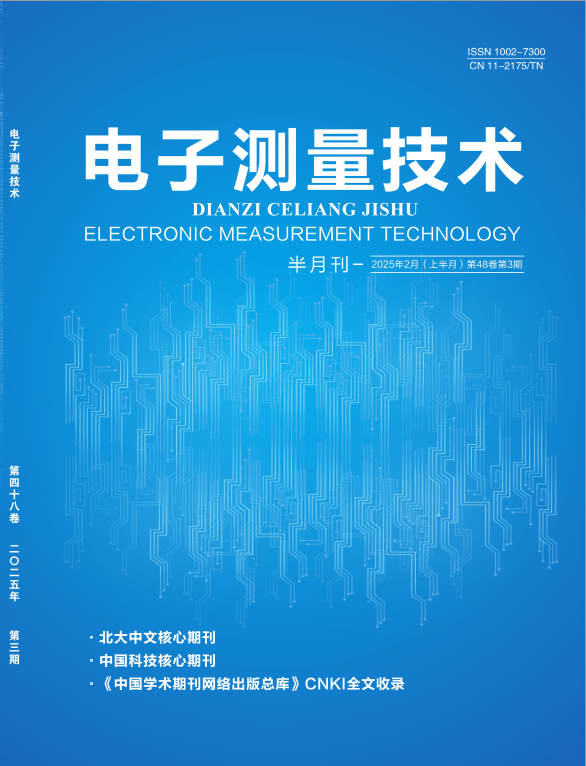2022, 45(18):99-105.
Abstract:Epilepsy is one of the most common life-threatening neurological diseases. Epileptic EEG signals are complex and diverse, and manually scanning long-time EEG signals is commonly time consuming, error prone with low consistency between physicians, while the raw clinical EEG data involving noise and artifacts reduce the performance. Thus, it is important to develop a reliable, effective and stable automatic seizure detection technology based on EEG signals, to reduce physicians’ burden. Here, using the raw clinical EEG data from Chinese 301 Hospital, we introduced a novel one-dimensional convolutional neural network with a successive double-convolutional structure, to achieve high performance on seizure detection, with the sensitivity, specificity, accuracy and F1-score reaching 96.8%, 99.8%, 99.6% and 96.1%, and only using a third or half GPU time for training. The results show that the introduced neural network model based on one-dimensional convolutional neural network is superior to the existing methods, and achieves reliability, efficiency and stability on seizure detection, which is of great significance to the auxiliary diagnosis of epilepsy.
